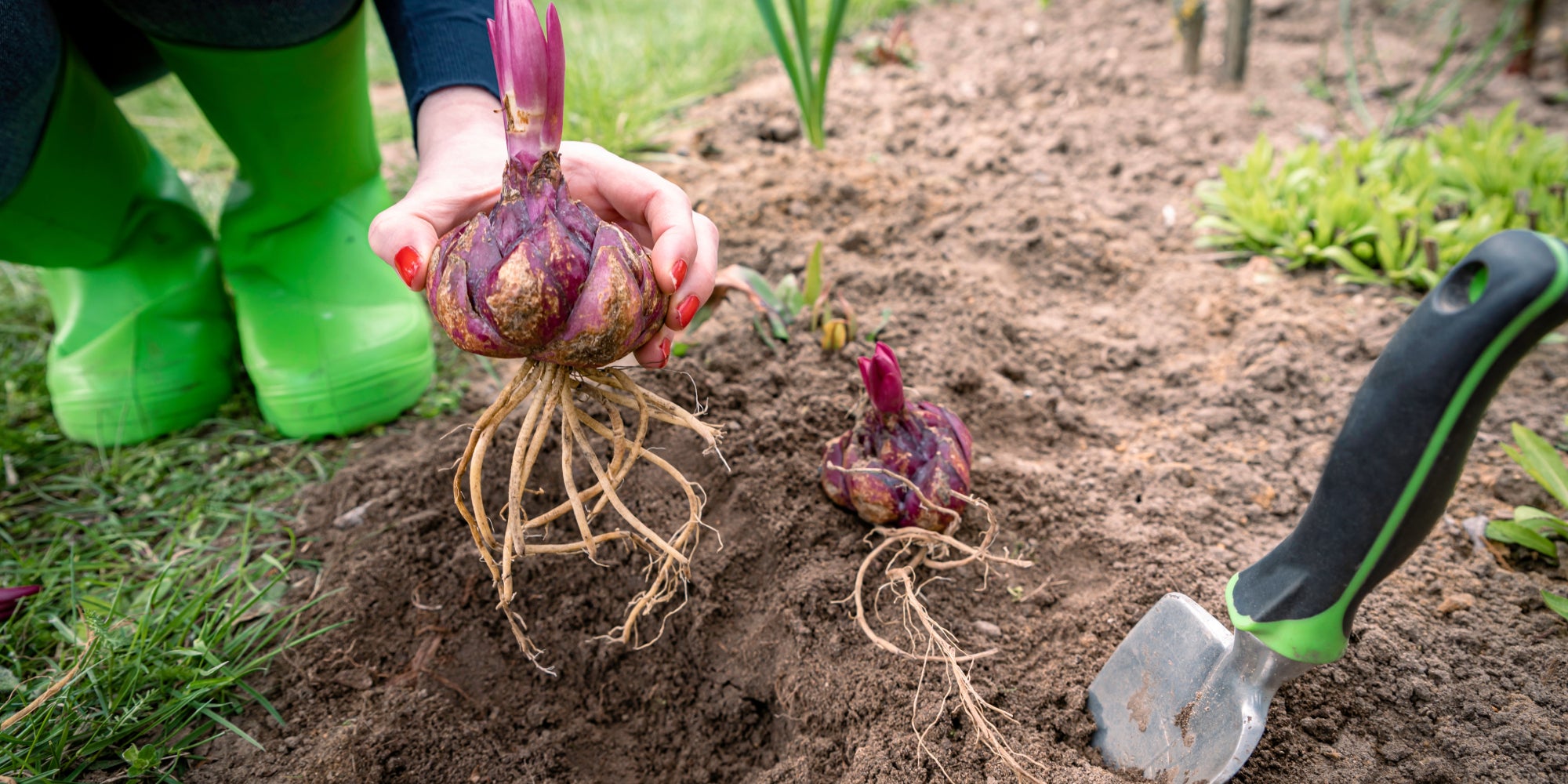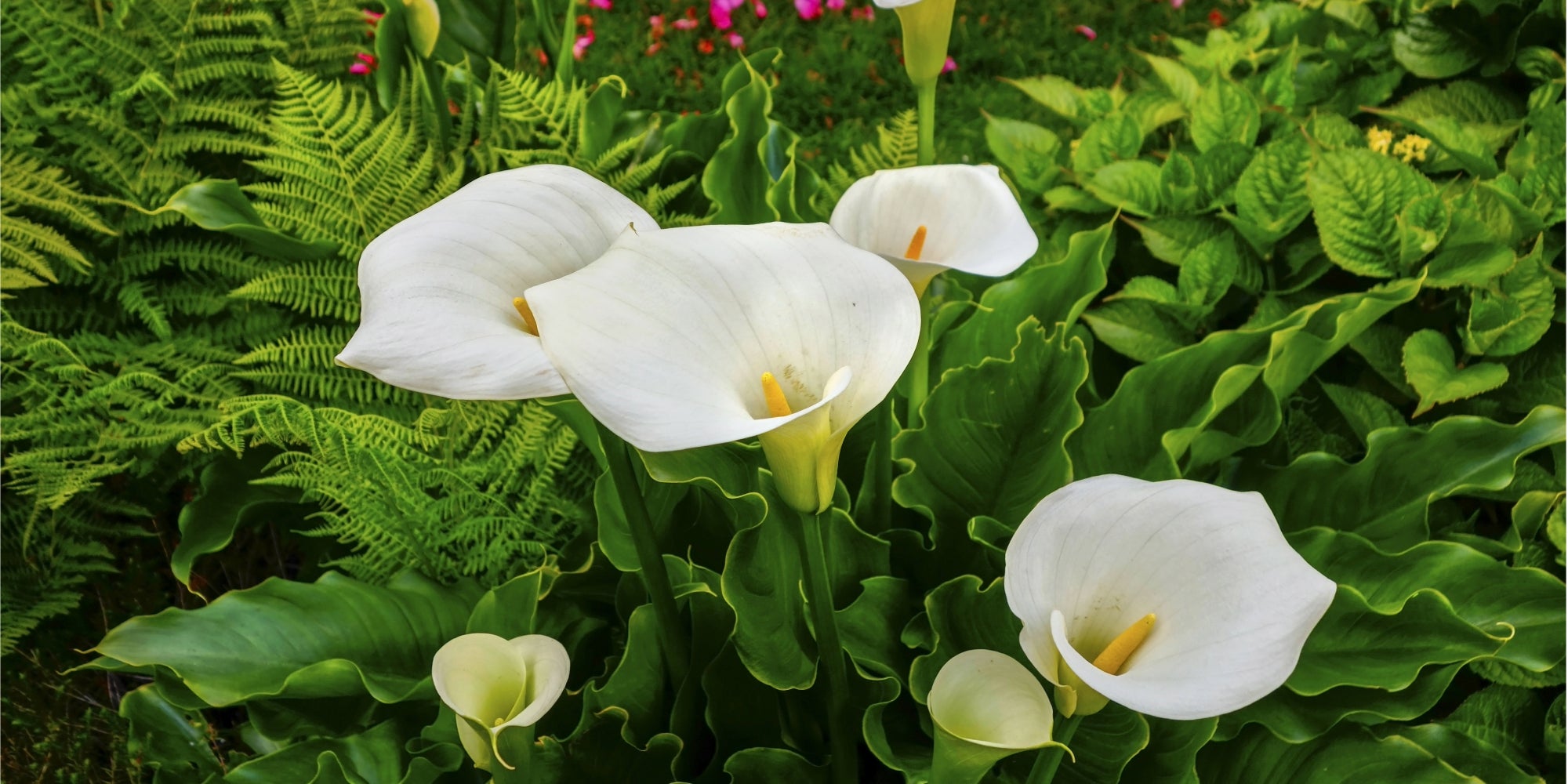
Summer is just around the corner, and with it comes the promise of sunny days and lush gardens. To take full advantage of the beautiful season, summer bulbs are essential. Dahlias, cannas, begonias, callas, and many others, offer an explosion of colors and shapes that will enhance your outdoor space.
Choosing the right time to plant
When to plant summer bulbs depends on the climate in your area and the variety of bulbs you want to plant. Before planting them in the ground, acclimatize the bulbs by placing them outside for a few hours a day.

Bulbs to plant in March
March marks the start of the planting season for many summer bulbs. Now is the perfect time to plant dahlias and begonias, which are among the most popular summer flowers. Dahlias offer a variety of shapes and colors, while begonias are prized for their continuous blooms and ability to thrive in shade.
As soon as the soil warms up and the risk of night frosts has passed, generally from mid-March, you can start planting the first summer bulbs such as dahlias and tuberous begonias. They need warmth to develop and do not fear spring night frosts.

Bulbs to plant in April
In April, the planting season is in full swing. This is the ideal time to plant the bulbs which will offer a flamboyant spectacle all summer long. We think here of cannas and callas, which bring a tropical touch to the garden. Cannas are known for their large leaves and vibrant flowers, while callas stand out for their elegant husks.

Bulbs to plant in May
May is last call for planting summer bulbs. Now is the time to plant varieties that require a little more heat to get started. You can plant gladiolus, lily and agapanthus bulbs in the ground. They appreciate warm soil and sunny exposure.
Prepare the soil for planting the bulbs
- Provide your bulbs with fertile, well-drained soil. Soil that is too clayey can suffocate them, while soil that is too sandy will not retain enough water.
- Amend the soil with compost or well-rotted manure to provide the nutrients necessary for bulb growth.
- Make sure the soil is well drained. If your soil is clay, add sand or gravel to improve drainage.

Plant the bulbs:
- Respect the planting depth indicated on the bulb packaging. Typically, the depth is two to three times the height of the bulb.
- Space the bulbs far enough apart so that they do not interfere with each other as they grow.
- Water copiously after planting to encourage rooting.
Visit your local Botanix garden center to view our full selection and get personalized advice for your garden.




